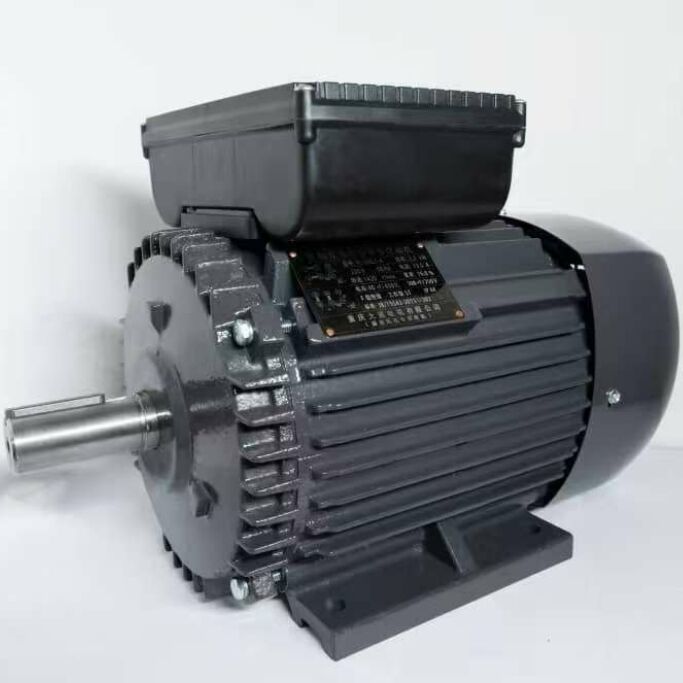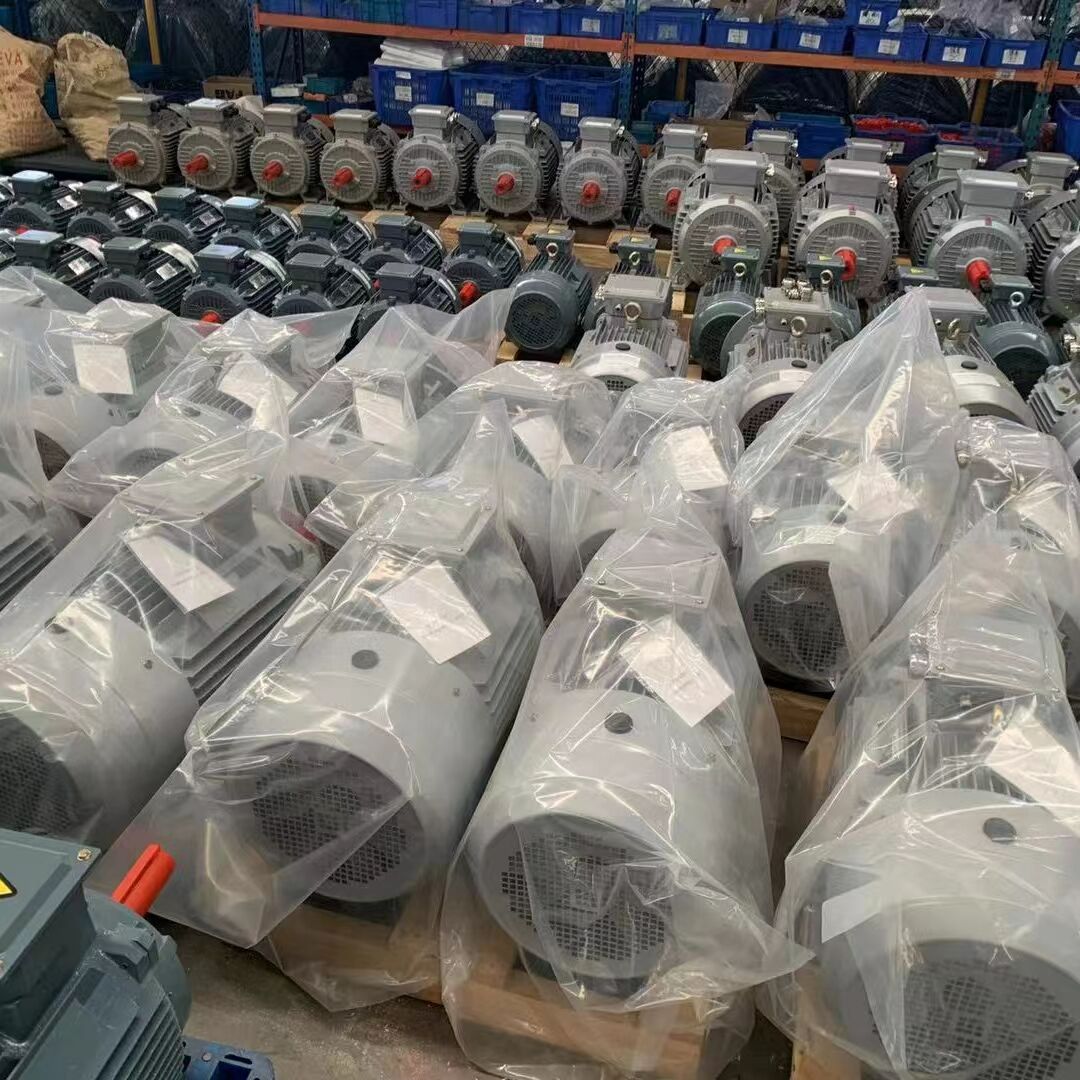Understanding Asynchronous Motor Sizing for Optimal Performance
Selecting the appropriate asynchronous motor size is crucial for ensuring efficient operation, minimizing energy consumption, and maximizing the lifespan of your electrical equipment. Whether you're designing a new industrial system or upgrading existing machinery, proper motor sizing directly impacts performance, reliability, and operating costs. This comprehensive guide will walk you through the essential factors and calculations needed to make an informed decision about asynchronous motor size selection.
Key Factors in Asynchronous Motor Selection
Load Requirements and Operating Conditions
The first step in determining the right asynchronous motor size involves a thorough analysis of your application's load requirements. This includes understanding both the starting and running torque needs, speed requirements, and duty cycle of your application. A motor that's too small will struggle to meet demand and may overheat, while an oversized motor wastes energy and increases initial costs unnecessarily.
Consider factors such as the load inertia, operating temperature range, and environmental conditions where the motor will function. High ambient temperatures, for instance, may require derating the motor's capacity to ensure reliable operation. Similarly, applications with frequent starts and stops need motors sized to handle the additional thermal stress.
Power and Torque Calculations
Accurate power calculations are essential for proper asynchronous motor size selection. Begin by determining the required shaft power, which depends on the load torque and speed requirements. Factor in mechanical losses, transmission efficiency, and any safety margins needed for your specific application. Remember that the motor's rated power should exceed the calculated load power to account for uncertainties and future load increases.
Torque characteristics deserve special attention when sizing an asynchronous motor. The starting torque must be sufficient to overcome initial load inertia, while the breakdown torque should provide adequate reserve capacity for temporary overloads. Modern calculation tools and software can help analyze these parameters in detail.

Technical Specifications and Standards
Voltage and Frequency Requirements
The available power supply characteristics play a crucial role in asynchronous motor size selection. Standard voltage ratings and frequency must match your facility's electrical system. Consider voltage variations and their impact on motor performance. A properly sized motor should maintain stable operation even with minor voltage fluctuations commonly encountered in industrial environments.
Modern asynchronous motors often come with various voltage ratings to accommodate different power systems. Ensure the selected motor's voltage rating matches your available supply while considering any voltage drops in the distribution system.
Efficiency Classifications and Regulations
Energy efficiency has become increasingly important in motor selection. International efficiency (IE) classes help categorize asynchronous motor performance levels. Higher efficiency motors may cost more initially but often provide significant savings over their operational lifetime through reduced energy consumption.
Consider local regulations and efficiency standards when selecting your asynchronous motor size. Many regions now mandate minimum efficiency levels for new motor installations, making this an essential factor in the selection process.
Installation and Environmental Considerations
Physical Space and Mounting Requirements
The available installation space can significantly influence asynchronous motor size selection. Consider not only the motor's physical dimensions but also requirements for ventilation, maintenance access, and mounting arrangements. Frame size standardization helps ensure compatibility with existing mounting configurations and replacement parts availability.
Proper ventilation is crucial for motor cooling and long-term reliability. Ensure adequate airflow around the motor and consider any space constraints that might affect cooling performance. Some applications may require forced ventilation or special cooling arrangements.
Protection Ratings and Special Requirements
Environmental conditions directly impact the required protection level for your asynchronous motor. IP ratings specify protection against solid objects and water ingress, while insulation classes determine temperature resistance. Choose appropriate protection levels based on the installation location and operating environment.
Special considerations might include explosion-proof requirements, chemical resistance, or operation in extreme temperatures. These factors can affect both the motor size selection and the available options for protective features.
Frequently Asked Questions
What happens if I choose an undersized asynchronous motor?
An undersized asynchronous motor will operate above its rated capacity, leading to overheating, reduced efficiency, and premature failure. This can result in increased maintenance costs, unexpected downtime, and potentially dangerous operating conditions.
How much safety margin should I include when sizing an asynchronous motor?
Generally, a safety margin of 10-15% above the calculated power requirement is recommended. However, specific applications may require larger margins based on factors such as starting frequency, load variations, and environmental conditions.
Can variable frequency drives affect motor size selection?
Yes, using a variable frequency drive (VFD) can influence motor sizing decisions. VFDs can help manage starting current and provide speed control, potentially allowing for smaller motor sizes in some applications. However, consider the additional heat generated by harmonic distortion when using VFDs.

